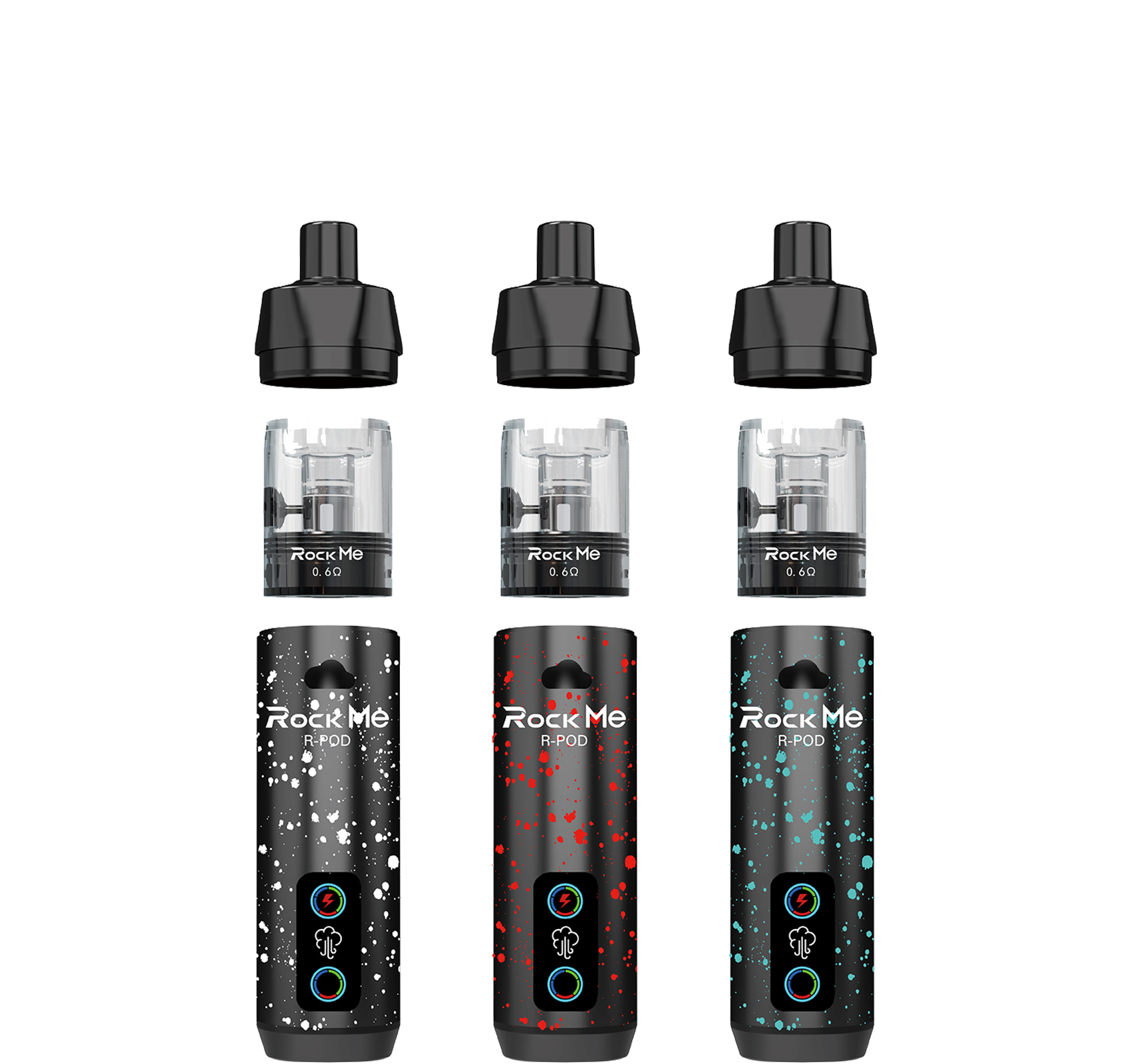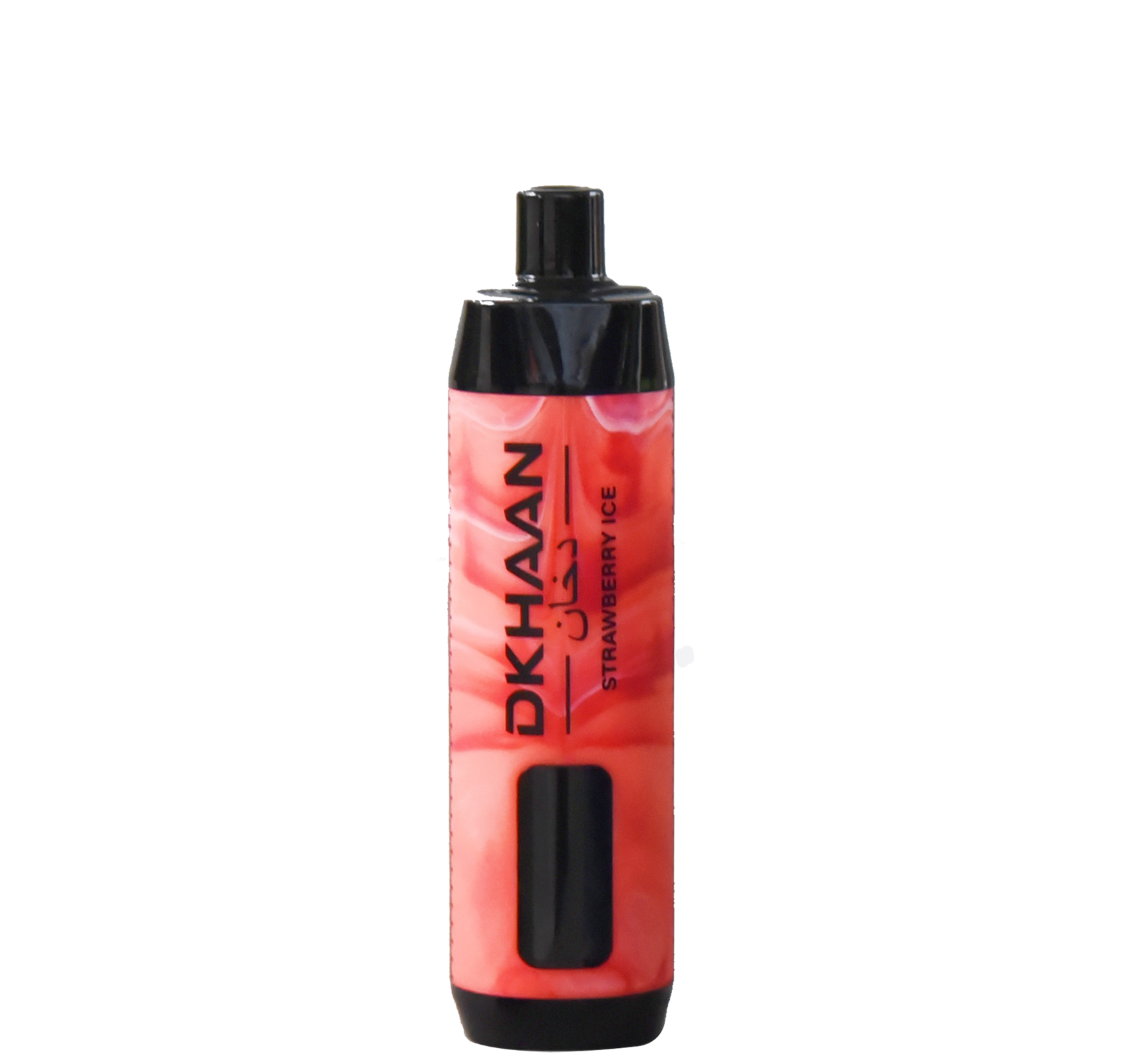LUCKEE@PINVAPE.COM
.WARNING: This product contains nicotine. Nicotine is an addictive chemical
+86 13600153282
NameDescriptionContent
Battling the Cross-Border Chaos: How Shipping Delays Impact Vape Supply Chains
Source:
|
Author:selina
|
Published time: 2025-04-28
|
0 Views
|
Share:
Shipping delays for cross-border vape orders are creating major supply chain issues. Retailers face stockouts, consumers grow frustrated, and companies must adopt new strategies to stay afloat. Future logistics adaptations may offer some relief, but resilience is essential for long-term success.
In the fast-paced world of vaping products, shipping delays have become a critical bottleneck, especially for cross-border orders. As vaping continues to expand globally, supply chains are stretched thin, creating a logistics nightmare for businesses and consumers alike.
Understanding the Root Cause
The surge in international regulations, customs checks, and global shipping disruptions has made the process of delivering vaping products slower and more unpredictable. Running Out of disposable vape has turned into a frequent complaint among retailers and end-users. Businesses are struggling to maintain stock, especially when customs delays extend beyond expected timelines.
- Increased scrutiny at borders
- New taxes and tariffs on vaping goods
- Limited cargo space due to pandemic-related shifts
- Regional shipping bans for vaping products
The Domino Effect on Businesses
Retailers are feeling the burn. With Running Out of disposable vape stock, many shops face disappointed customers and lost revenue. Even wholesalers are under pressure, unable to fulfill orders on time. This strain is forcing companies to reassess their logistics partners, seek alternative shipping routes, and even stockpile goods when possible.
Customers' Growing Frustrations
From the consumer's perspective, Running Out of disposable vape is not just an inconvenience; it’s a significant disruption. Many customers rely on specific brands or flavors and are unwilling to substitute easily. Shipping delays amplify customer dissatisfaction, prompting some to switch to competitors offering faster or local solutions.
Adaptation Strategies: Mitigating the Nightmare
Companies are employing various strategies to cope:
- Diversification
- Warehousing
- Customs Expertise
- Improved Communication
Even with such measures, Running Out of disposable vape stock remains a real threat during peak seasons or due to sudden regulatory changes.
Future Outlook: Is Relief on the Horizon?
Looking ahead, industry experts predict that as global logistics systems adapt post-pandemic, shipping delays may gradually reduce. However, the regulatory landscape remains uncertain, and vaping products will likely continue to face higher scrutiny compared to other consumer goods.
Brands that plan early, invest in robust supply chain resilience, and keep customer communication transparent are most likely to survive this cross-border shipping chaos.
QUICK LINKS



+86 13600153282
jason@pinvape.com
201,Building B, Tongfu Industial ParkNo.9, Tongfu Road, Heping community, Fuhai Sireet, Baoan District, Shenzhen
Leave your message
@ USERTHEMES

PRODUCTS



















